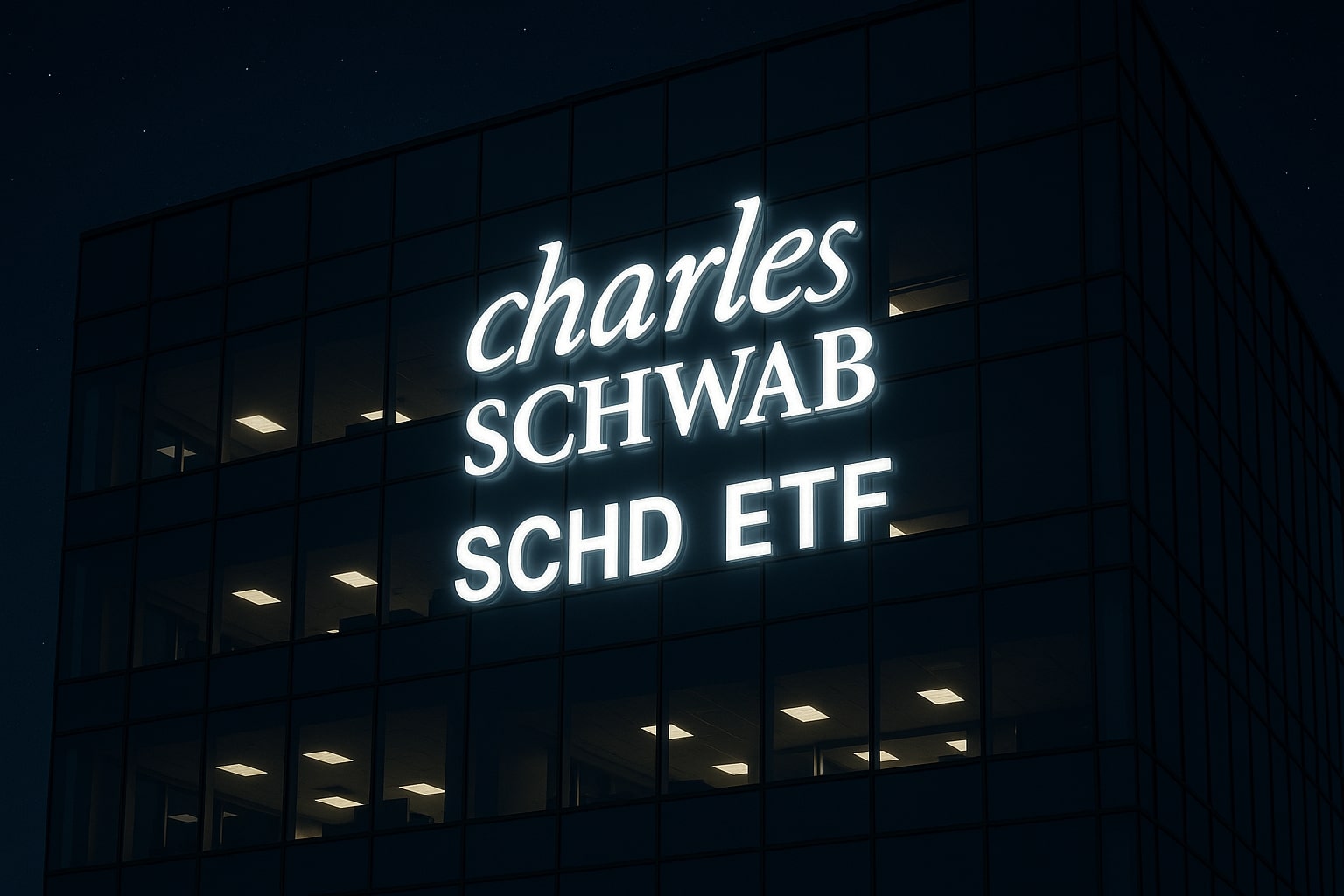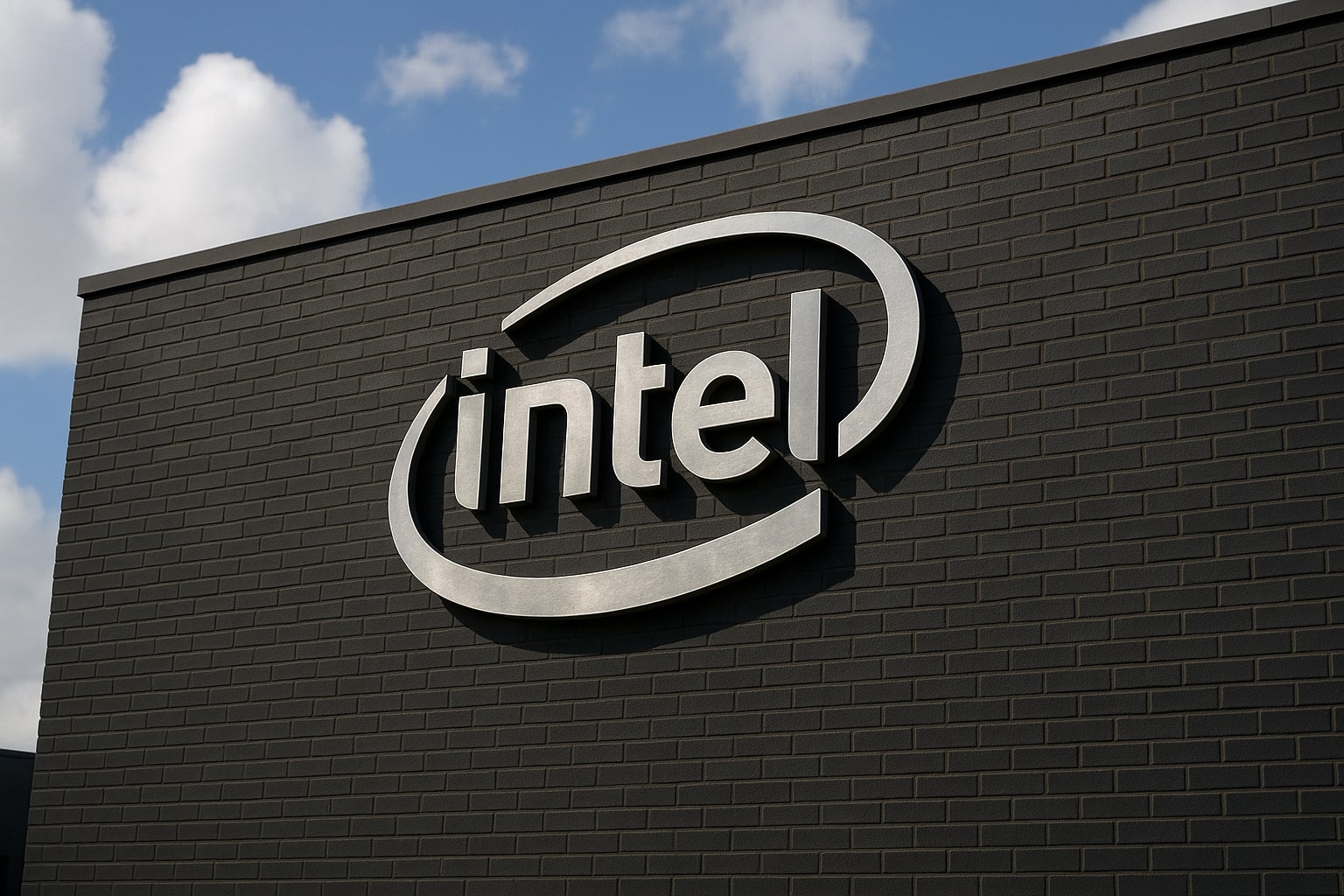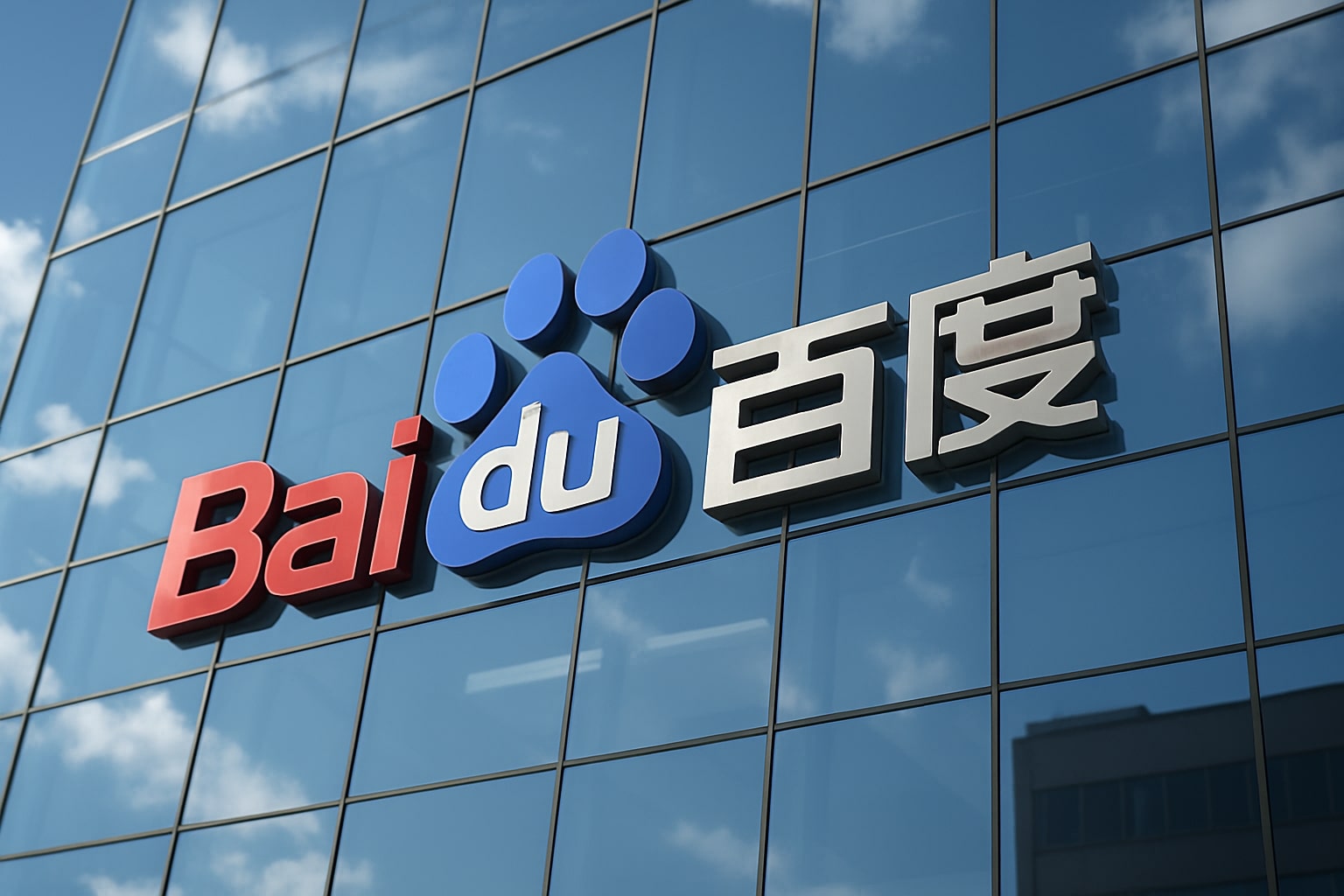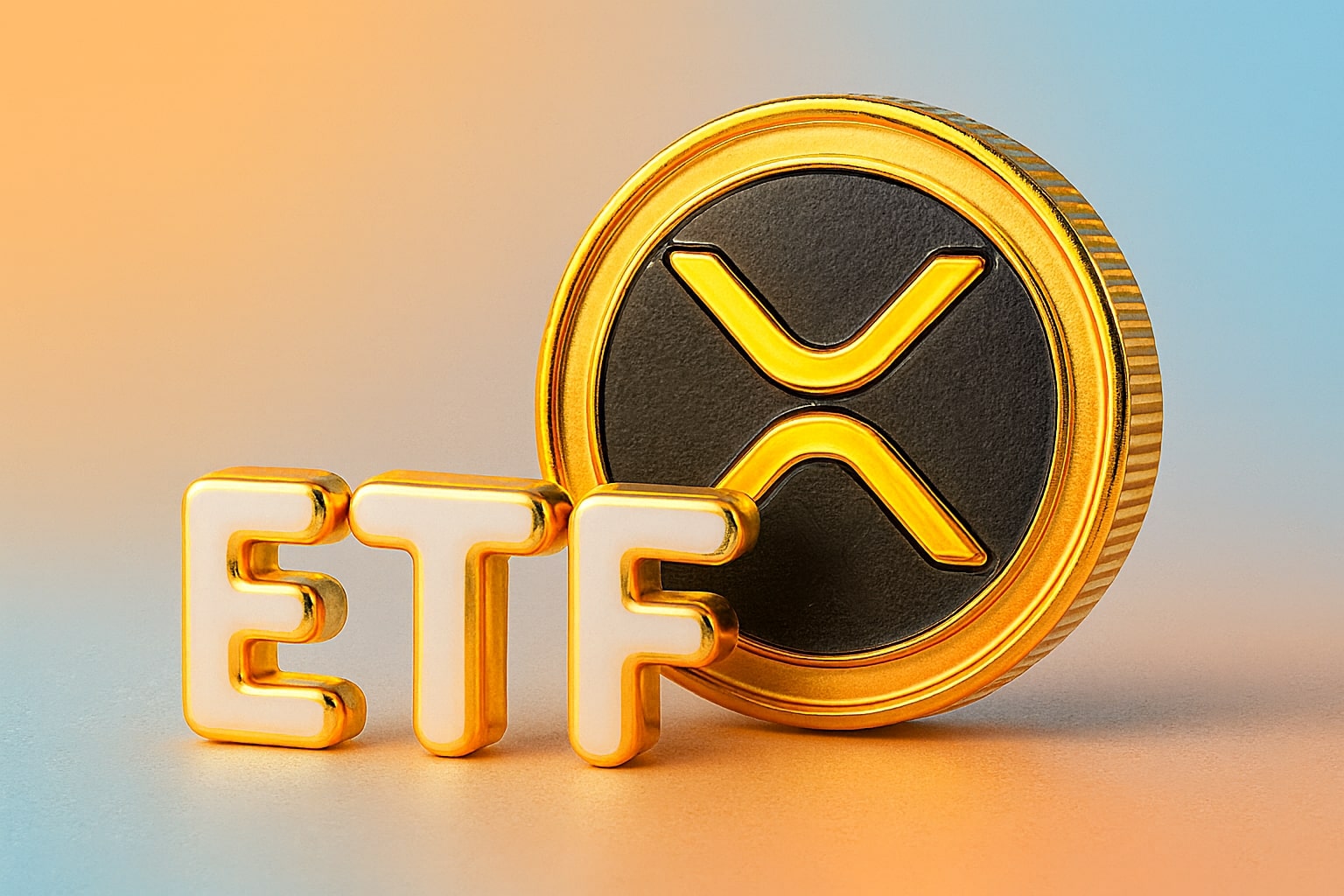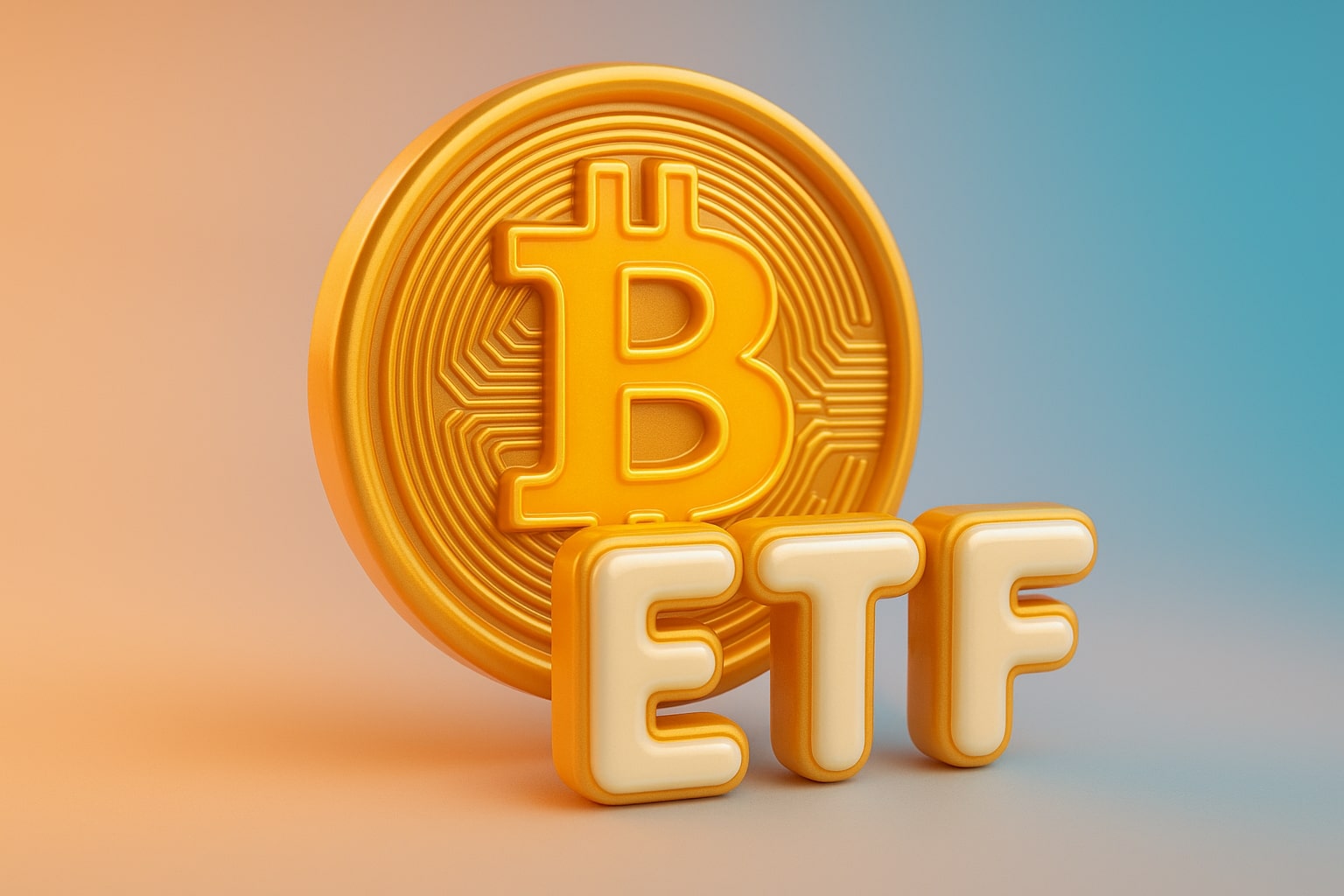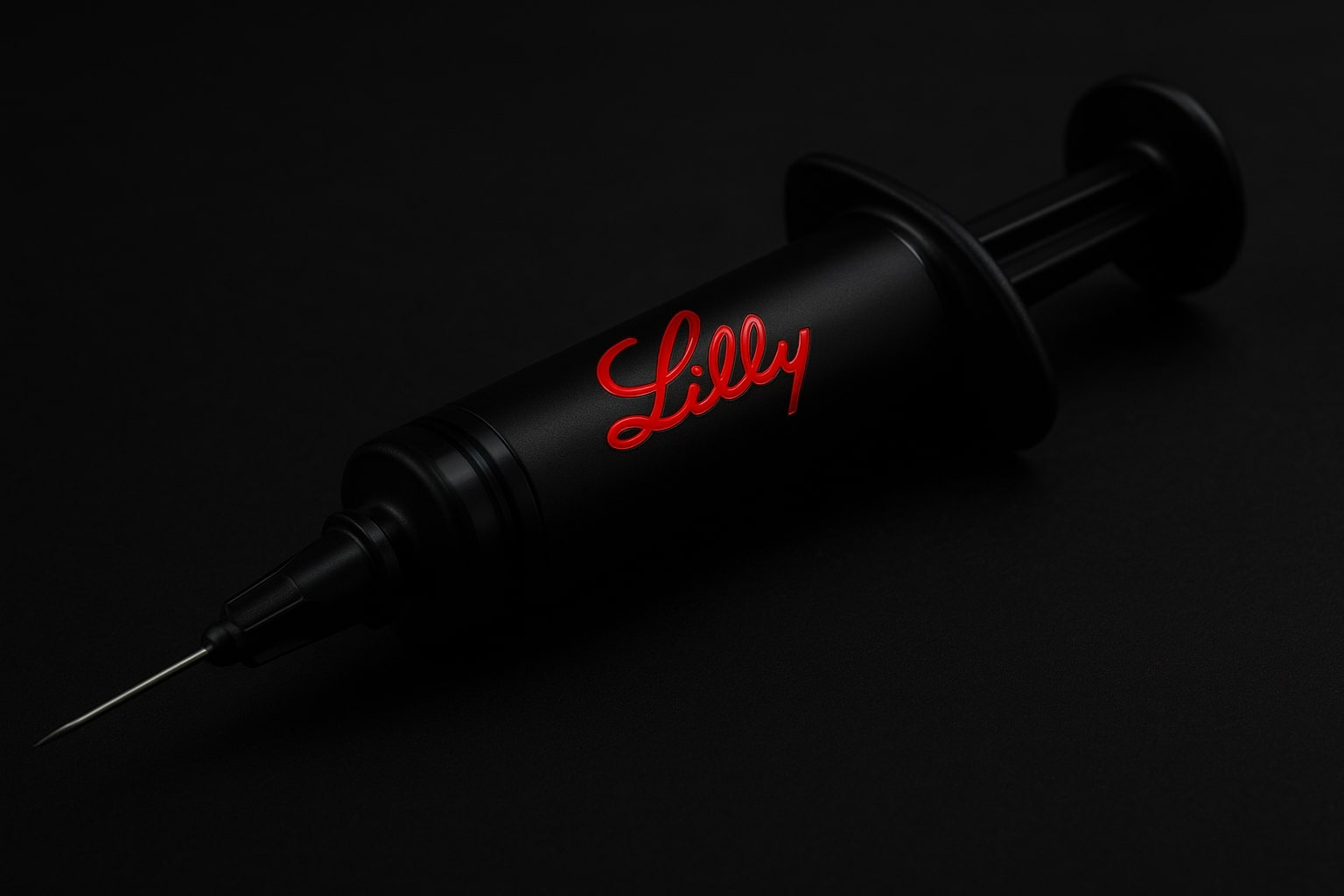
Eli Lilly Stock Price Forecast - LLY Rises to $843.30 as $17.6B Revenue Beat and GLP-1 Boom Power Strong Buy Signal
LLY rallies 3.6% after smashing Q3 forecasts with EPS of $7.02 and revenue up 54% to $17.6B, led by surging demand for Mounjaro and Zepbound | That's TradingNEWS
Eli Lilly (NYSE:LLY) Surges to $843.30 After Q3 Earnings Beat, Raises Guidance Amid Explosive Demand for Mounjaro and Zepbound
Eli Lilly (NYSE:LLY) delivered another blockbuster quarter, with its stock climbing 3.66% to $843.30, pushing market capitalization near $800 billion, as the company reported Q3 2025 earnings per share (EPS) of $7.02, beating forecasts of $5.89 by 19.19%, and revenue soaring 54% year-over-year to $17.6 billion. The results not only crushed Wall Street expectations but reaffirmed Lilly’s dominance in the weight-loss and diabetes markets through its GLP-1 portfolio led by Mounjaro and Zepbound. This performance prompted management to lift its full-year revenue outlook to $63–$63.5 billion, up from previous guidance of $60–$62 billion, and raise its EPS forecast to $23–$23.70, reflecting unstoppable product momentum and strong global uptake.
Mounjaro and Zepbound Drive Explosive Growth as Lilly Extends GLP-1 Market Leadership
The quarter’s standout drivers were Mounjaro, generating $6.52 billion in sales, up 109% year-over-year, and Zepbound, which delivered $3.59 billion, soaring 184% from last year. Together, these incretin drugs accounted for more than half of total revenue, with Mounjaro’s rapid rollout in China, Brazil, and India signaling strong international traction. U.S. sales jumped 45% to $11.3 billion, largely from a 60% volume increase across the GLP-1 class, offset slightly by pricing adjustments. According to CEO Dave Ricks, global demand remains “extraordinary,” emphasizing that Lilly now captures nearly 60% of the entire GLP-1 prescription market, marking its fifth consecutive quarter of share gains over rival Novo Nordisk (NYSE:NVO). Analysts project the combined GLP-1 market could reach $150 billion by 2030, with Lilly positioned to command the largest share thanks to its diverse pipeline and manufacturing scale.
Orforglipron: The Obesity Pill That Could Reshape Lilly’s Growth Curve
Investors’ focus now shifts to Orforglipron, Eli Lilly’s highly anticipated oral obesity and type 2 diabetes treatment. Results from four Phase 3 trials demonstrated strong efficacy—patients experienced up to 10.5% weight loss and 2.2% A1C reduction, matching injectable GLP-1 standards in an easy-to-use daily pill. Regulatory submissions are already underway, with a U.S. launch expected in 2026. CFO Lucas Montarce highlighted that Lilly has already manufactured billions of Orforglipron doses, preparing for one of the largest pharmaceutical rollouts in history. The drug is expected to expand GLP-1 accessibility dramatically, targeting hundreds of millions globally who may prefer oral therapy. Trials such as ATTAIN-Maintain are testing whether patients can sustain weight loss after switching from injectable GLP-1s like Zepbound to oral Orforglipron, with results due later this year. The company envisions Orforglipron as a “GLP-1 for all,” with low-cost production and mass distribution capabilities creating a potential multi-billion-dollar franchise.
Massive International Expansion and Direct-to-Consumer Strategy Bolster Growth
Beyond clinical success, Eli Lilly’s expansion strategy has been bold and methodical. The company launched Mounjaro in over 55 countries, with 75% of international revenue coming from obesity patients paying out-of-pocket, signaling resilient demand despite limited insurance coverage. In the U.S., Zepbound’s accessibility is being boosted through LillyDirect, the company’s direct-to-consumer platform, offering vials at discounted prices—$349 per month for starting doses and $499 for higher doses, reflecting savings of up to 50% versus competitors. A new Walmart partnership now allows patients to pick up Zepbound in-store nationwide, simplifying access and driving prescription volume. This approach mirrors Lilly’s broader ambition to bypass traditional PBM structures and strengthen its connection to consumers directly. According to Ilya Yuffa, President of Lilly USA, this model “removes friction from the healthcare system” and enhances patient accessibility across the GLP-1 portfolio.
Read More
-
SCHD ETF Price at $27: Can SCHD’s 4% Yield and 9.15% Dividend Growth Beat High-Yield Covered Call ETFs?
15.12.2025 · TradingNEWS ArchiveStocks
-
XRP ETFs Close on $1B Inflows as XRPI at $10.92 and XRPR at $15.52 Hit 52-Week Lows
15.12.2025 · TradingNEWS ArchiveCrypto
-
Natural Gas Price Forecast: NG=F Holds the $4 Floor as Oversupply Clashes with 2026 LNG Demand
15.12.2025 · TradingNEWS ArchiveCommodities
-
USD/JPY Price Forecast - Dollar to Yen At 155: Yen Strength Builds As BoJ Hike And NFP Collide
15.12.2025 · TradingNEWS ArchiveForex
Profitability Soars with 83.6% Gross Margin and Expanding Operating Leverage
Financially, LLY showcased remarkable efficiency. Gross margin rose to 83.6%, up 1.4 points year-over-year, while non-GAAP performance margin expanded to 48.3%—a gain of over eight points from 2024—highlighting strong operating leverage from product mix and scale. Net income surged to $5.58 billion versus $970 million a year earlier, translating to a net margin above 36%. Free cash flow reached $1.95 billion, despite elevated R&D spending, which grew 27% as Lilly continues to invest in late-stage programs across obesity, oncology, and neuroscience. The balance sheet remains robust, with total assets up 40% year-over-year to $100.9 billion, against liabilities of $82.6 billion, maintaining a conservative leverage profile. The company returned $2 billion to shareholders through $1.3 billion in dividends and $700 million in share buybacks, underscoring confidence in future cash generation.
Pipeline Powerhouse: Alzheimer’s, Oncology, and Next-Gen Incretins Fuel Future Growth
Beyond obesity, Eli Lilly’s innovation engine continues to deliver. The company secured FDA approval for Imlunestrant (Inlurio) in HR-positive, HER2-negative breast cancer, and EU approval for Kisunla, a therapy targeting early Alzheimer’s disease. Positive data also emerged for Retatrutide, Lilly’s triple agonist combining GIP, GLP-1, and glucagon, which management believes can deliver “deeper and more rapid weight loss” than any existing therapy—potentially redefining obesity treatment standards. Additional breakthroughs include Movalapalin, an oral Lp(a) inhibitor showing 85% reduction in lipoprotein(a), now entering Phase 3; and Brunepatide, being developed for alcohol and opioid use disorders, showcasing Lilly’s expansion beyond metabolic diseases. The company plans to initiate multiple Phase 3 trials in 2026, including oncology programs for Pertobrutinib and Vepafestinib, signaling diversified growth opportunities beyond GLP-1 dominance.
Global Manufacturing Expansion and Strategic CapEx Strengthen Supply Chain
To support surging demand, Lilly is executing one of the largest manufacturing expansions in its history. New facilities are under construction in Virginia, Texas, and Puerto Rico, targeting both monoclonal antibody and small-molecule portfolios, including Orforglipron. These investments will help sustain long-term supply reliability as demand scales into the hundreds of millions of patients. CEO Dave Ricks confirmed that two additional U.S. sites will be announced soon, reinforcing Lilly’s commitment to onshoring production and mitigating global supply chain risks. The strategy also supports Trump-era tariff conditions, with current revenue guidance reflecting existing import levies but excluding future tariff scenarios.
Market Reaction and Technical View: Momentum Strengthens Toward $900 Resistance
Following the earnings release, Eli Lilly’s stock (NYSE:LLY) rallied sharply, touching an intraday high of $852.50 and holding well above its 200-day moving average near $770, confirming strong bullish momentum. The stock is now trading just 10% below its 52-week high of $935.63, with technical analysts eyeing a potential breakout if momentum persists into Q4. RSI readings remain elevated but stable, suggesting healthy accumulation rather than overextension. The market’s confidence reflects Lilly’s exceptional earnings consistency, reinforced by long-term visibility in its GLP-1 pipeline and margin sustainability. With a P/E ratio of 54.9 and steady dividend yield of 0.71%, investors view Lilly as a premium growth compounder in the healthcare sector.
Eli Lilly’s Strategic Positioning Against Novo Nordisk and Global Pricing Reforms
While rival Novo Nordisk faces pressure from pricing reforms and slower reimbursement adoption, Lilly’s scale, manufacturing investments, and direct-to-consumer penetration give it a structural edge. The firm has balanced innovation with accessibility—embracing transparent pricing and leveraging global regulatory relationships to accelerate market access. CEO Dave Ricks noted that the upcoming Medicare Part D negotiations on GLP-1 pricing are unlikely to meaningfully impact Lilly, as Medicare volume accounts for a small share of sales, and the company’s superior efficacy profile supports price resilience. Analysts expect that Lilly’s strong data across multiple indications will allow it to preserve pricing power even under more stringent U.S. reimbursement models.
Verdict: Eli Lilly (NYSE:LLY) – Rating Strong Buy
After reanalyzing all performance metrics, revenue guidance, and clinical progress, Eli Lilly (NYSE:LLY) stands out as one of the most compelling growth stories in global healthcare. With Q3 EPS up 495% year-over-year, revenue surging past $17.6 billion, and a 54% annual growth rate, the company continues to outperform every metric of its peers. Its GLP-1 dominance through Mounjaro, Zepbound, and upcoming Orforglipron cements its leadership in one of the fastest-growing therapeutic markets worldwide. Expanding margins, a robust pipeline, strategic manufacturing capacity, and massive patient demand globally all reinforce its long-term trajectory. Based on its growth visibility and unmatched portfolio strength, LLY is rated Strong Buy, with potential upside toward $900–$950, aligning with sustained double-digit earnings expansion into 2026.














